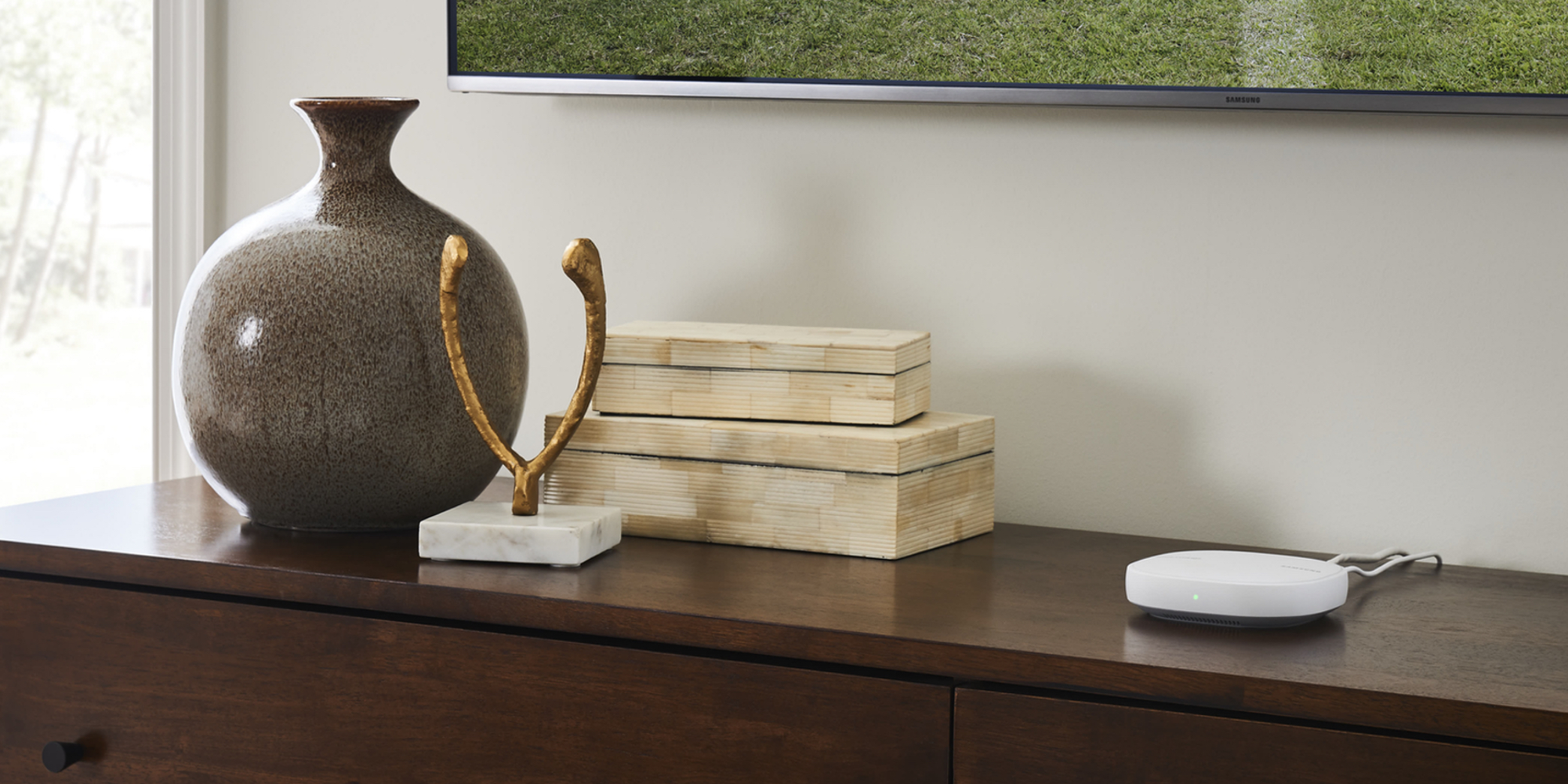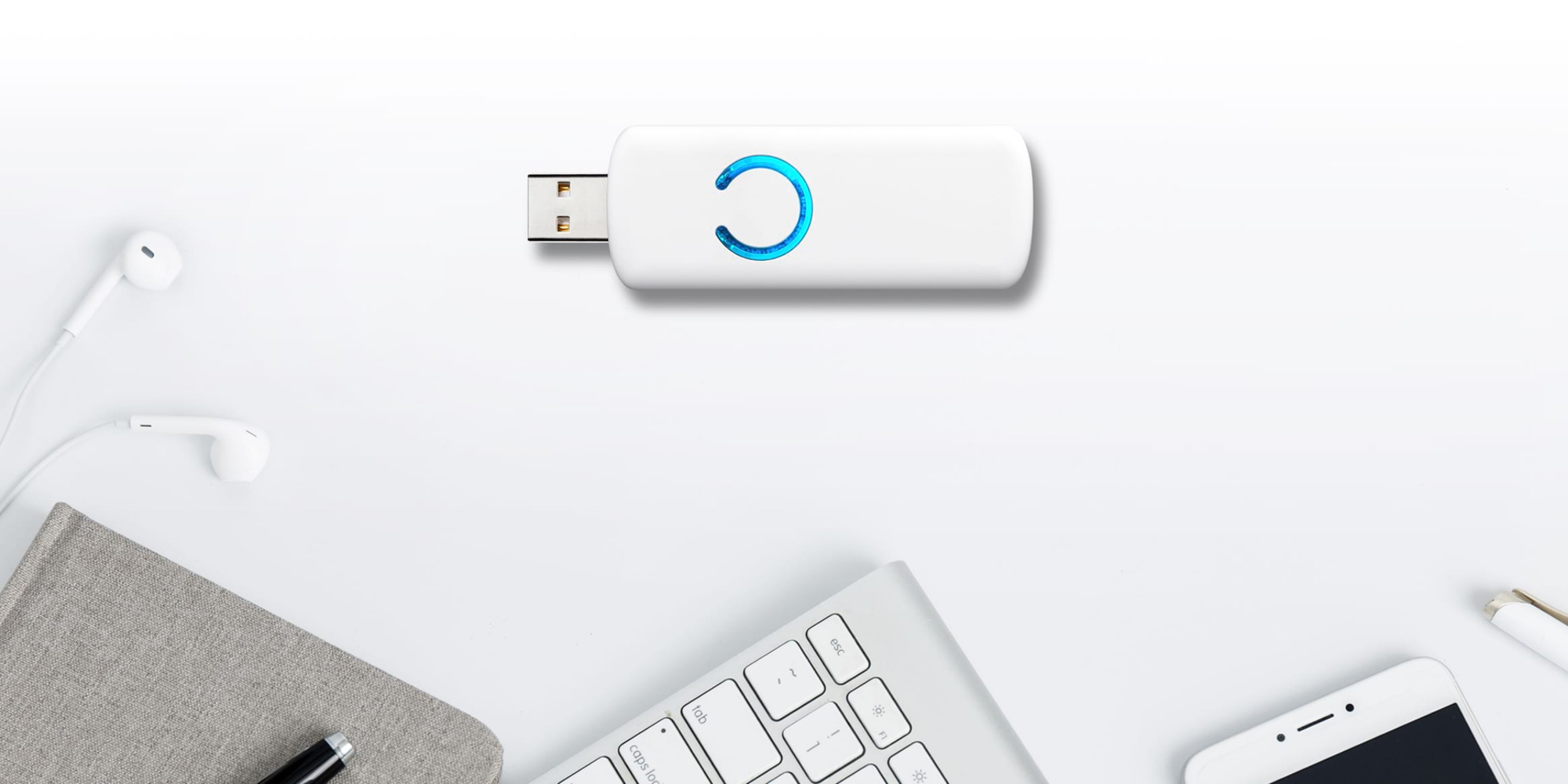
With tons of different products to chose from, building the best smart home that you can isn’t easy. If you have lots of different smart devices on your Wi-Fi network especially, you might be faced with slow or even unreliable control. Below you’ll find four different ways to improve your setup with the best smart home products out there.
More reliable Wi-Fi |
Of course the most straightforward way to deal with a Wi-Fi issue is to just improve your Wi-Fi. Depending on your current setup, there are a few different ways to go about making enhancements. Right off the bat, if you don’t have a mesh Wi-Fi network, it’s time to upgrade. Ubiquiti’s $340 AmpliFi HD Wi-Fi System has had no issues keeping up with the over 50 devices on my home network, so it’s an easy recommendation. But other options like Netgear’s $250 Orbi Home Mesh System will work as well.
A more cost effective way to do this, however, is to take care of Wi-Fi deadzones in your network. If you have a moderate-sized home, every floor that has smart home devices should have a Wi-Fi access point. Netgear’s N300 Wi-Fi Range Extender will set you back nearly $40, but brings dual-band coverage and more to your network.
Centralizing control |

One of the selling points of devices like LIFX or Wemo is that they don’t require an additional hub to work. For those getting started with home automation, that’s a big plus. Not having to buy yet another device to get started lowers the barrier of entry and makes things all that much simpler.
But smart home hubs have tons of major benefits that become apparent as more devices are brought home. From a use case standpoint, hubs make it so all of your devices can be controlled in one place. But in terms of improving functionality, having a hub means that devices don’t have to ping the internet every time a light switch turns on or a smart plug turns off. They can offload the work to the hub, which more efficiently executes commands.
While different devices all work with different hubs, Samsung’s SmartThings Hub has an extremely large list of compatible products. It supports all the major platforms like Z-Wave and ZigBee, and pairs with Bluetooth devices and so many other platforms. At $70, it’s one of the more affordable options out there. SmartThings is also controllable via iOS and Android apps, Alexa, Google Assistant, and even platforms like Home Assistant.
Reorganizing |

One of the easiest ways to improve your smart home is by simply reorganizing the devices you already have. Depending on the size of your home, the location of your Wi-Fi router or smart home hub may not offer the comprehensive coverage you’d like.
Improving the overall reliability and functionality of your automated home can be as simple as moving either of the devices to a more central part of your home. For me, it was as convenient as picking up an Ethernet cable and moving my router and hubs to a more elevated location. But if you don’t want to run 50 feet of cable around your home to an ideal spot, there are still some other options.
One such route to take is to pick up TP-Link’s $38 POWERLINE Ethernet Adapter. It allows you to wirelessly extend your home network’s wired connection without sacrificing speed. It’s rated for up to 600Mbps, which is more than enough to handle supplying your smart home hub with internet.
If you have multiple devices to relocate, TP-Link’s Five-Port Ethernet Switch is an easy add-on at $18. Grab some short Ethernet cables alongside it, and you’ll be all set.
Switch to a new standard |

Earlier we suggested a few ways to address having too many Wi-Fi devices on your home internet. But if you want to avoid that issue all together, making the switch to another standard brings some noteworthy benefits. There are a few advantages to not having your internet bogged down with the traffic of your IoT devices. Not only will your smart home be more responsive overall, but with fewer devices on the network, your internet will also improve.
Switching off of Wi-Fi-reliant accessories also removes the dependence from an active internet connection. A lot of the more prevalent smart home manufacturers require their products connect to their servers in order to function. So if your ISP momentarily kicks the bucket, you might not even be able to turn on the lights.

There are two smart home standards that oppose Wi-Fi: Z-Wave and ZigBee. Both technologies leverage a mesh-style network to more reliably interact with devices. Z-Wave is an easy one to get started with, as a lot of existing platforms already use the standard. We mentioned Samsung’s SmartThings Hub earlier, but other options like Wink and Aeotec are equally as viable. Check out our getting started guide to dive into retrofitting your home with Z-Wave devices.
In terms of ZigBee, there are few notable devices that leverage this technology. Philips Hue is by far the most well-known of the bunch. But given how popular the ecosystem is, odds are you would have already opted for the smart lights if price or some other factor didn’t get in the way. If you’re ready to take the leap now, the two-bulb HomeKit starter kit sells for $90.
Have you found a way to boost the reliability of your smart home that we didn’t mention? Let us know in the comments below!
FTC: We use income earning auto affiliate links. More.






Comments